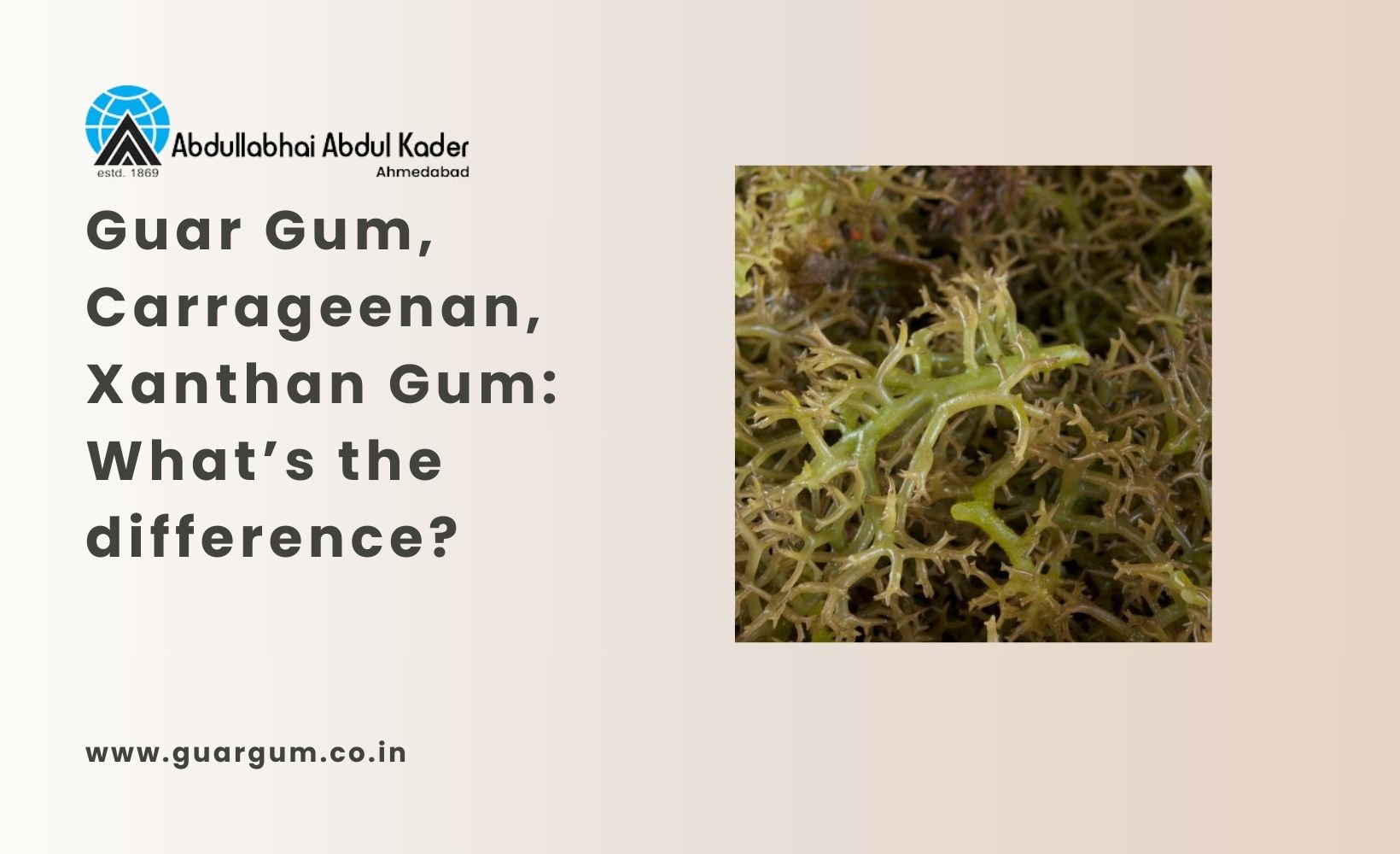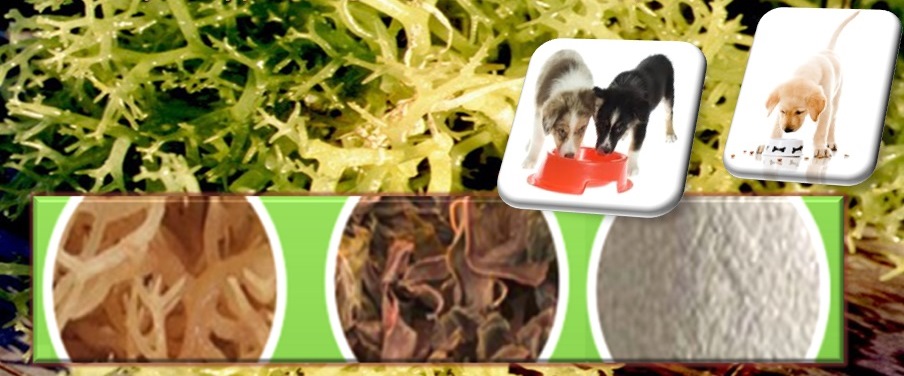
Natural gums are obtained from mother nature. They are chemically a polysaccharide capable of increasing the viscosity of an aqueous solution. Only a small amount of these gums can bring the change in the aqueous solution. This is the reason why these gums are a perfect gelling agent for any food preparation or likewise industries. Some of them are botanical gums trapped in between the wood of plants or in seed coatings while few of them are obtained from microorganisms. Three such gums are discussed below.
Guar Gum
Guar Gum is an uncharged gum derived from the seeds of Guar Beans. The gum is aliased as Guaran Gum and is a polysaccharide of galactomannan with galactose and mannan with galactose chain linked to a linear chain of mannan. This complicated structure enables it to withstand a tempered of 80°C. Guar Gum is eight times more soluble than cornstarch and is non-ionic and hydrocolloid. Although it remains unaffected by pH and temperature, it gets degraded at extreme pH and temperature conditions. This gum is highly economical as it is readily soluble and provides high viscosity even if added in a very small quantity. Its main use is as a thickening agent in baked food, medicines, dairy products.

Carrageenan Gum
Carrageenan Gum belongs to the family of sulfated polysaccharides which is obtained from red seaweed. An Irish moss, Chondrus crispus, edible seaweed is a vegetarian alternative to gelatin and is used as a food additive in confectionery. By chemical composition, it is a high molecular weight compound having a backbone of repeating galactose units and sulfated esters of 3,6 anhydrogalactose which are interconnected through glycosidic bonds. Carrageenan Gum is soluble in hot water and used as an excellent binding agent for canned pet foods, making sauces, dairy products, etc.

Xanthan Gum
Xanthan gum differs from the other two gum in terms of its origin. It is derived from a bacterium Xanthomonas campestris. It is obtained through the fermentation of simple sugars such as glucose and fructose. It is very thick, only a small quantity of this gum can bring wonders to the aqueous solution. It is prone to shear thinning which means that upon shaking, mixing or chewing, the viscosity of the solution tends to shear out. The thickness of the product will soon turn into a thin one. This property is called pseudoplasticity and is exploited in various ways to make chewing gums, marmalade, making hydrogels for tissue engineering, on oil mining, confectionery, baking, etc.

The chemical composition of xanthan gum comprises a repeating chain of penta polysaccharides of glucose, mannose and glucuronic acid in the ratio of 2:2:1.
All three gums have a similar role as a thickening or gelling agent and used as emulsifiers or stabilizers in food additives. They differ from one another in terms of their origin and chemical composition and are used accordingly depending on the stability of the respective gum.
The Bottom Line
Natural gum manufacturer and supplier, Abdullabhai Abdul Kader, has been the epitome of success since 1980. Having based on Indian soil in the state of Gujarat, the company has international identity. The long term vision, strategic planning and a strong manifestation of the vision has been the reason for the company’s achievement.



